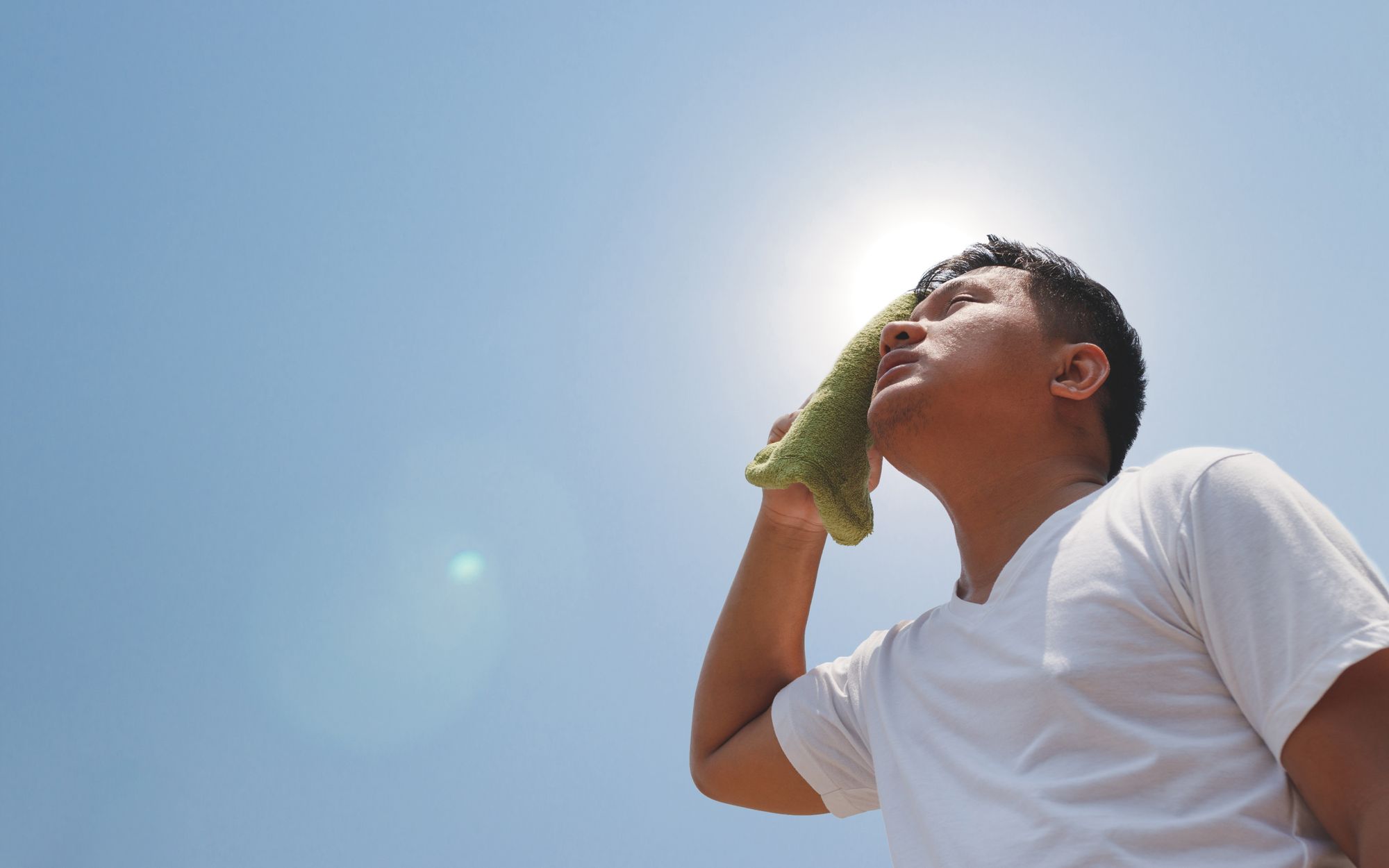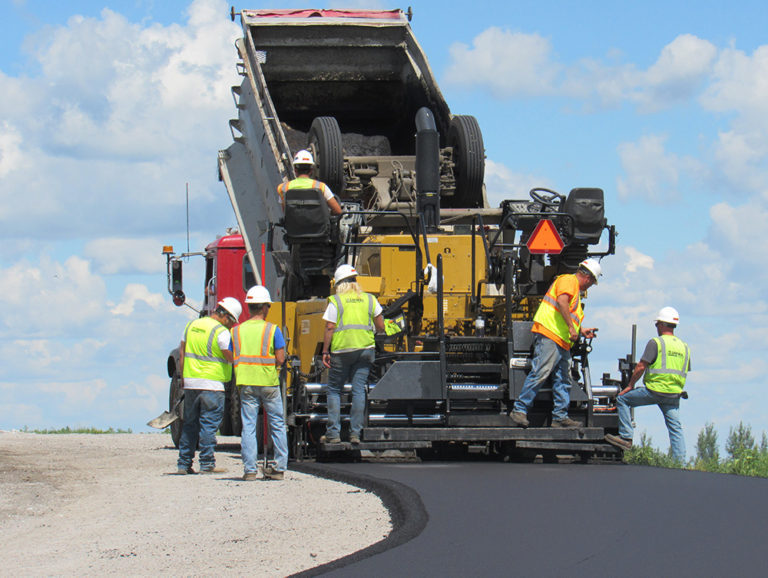Whether indoors in a hot building or outdoors under the blazing sun, some jobs have to be done in uncomfortably high temperatures. For the most part, teams persevere and get on with the work; but when hot becomes overheated, mere discomfort can quickly turn to danger.
Roughly 11 workers fall victim to heat stress each day and, according to OSHA, each heat prostration incident costs an average of $53,000. The first step in keeping employees safe is recognizing the signs of heat illness and how to treat it. Couple that knowledge and training with simple steps to prevent heat stress and heat illness can be prevented.
Signs of Heat Illness
Heat illness is not a progression. A person does not necessarily start with heat cramps, move on to feeling faint, then become nauseated and end with heat stroke. In fact, it’s not uncommon for sufferers to go from believing they’re handling the heat reasonably well, with no overt symptoms, to collapsing with a heat stroke. Everyone experiences heat illness a bit differently, so it’s important to know the four types and how to treat each one.
Preventing Heat Illness
The good news is that heat illness is 100% preventable. If employers take the proper steps on every jobsite, there’s no reason anyone should have to suffer the potentially devastating effects of heat illness.
Tips for Safety Managers
For safety managers, the most important mission is to know the severity of the heat at any given time and to enforce heat stress prevention measures.
- Temperatures may vary from place to place on a jobsite and some locations may be significantly hotter and more humid than others due to the natural landscape or heavy machinery—even within the same general area. The most accurate way to measure the heat is using a Wet Bulb Globe Temperature monitor (WBGT). A WBGT measures air temperature, humidity, heat from the sun and wind speed to give a more accurate reading of job conditions than simply checking the weather report.
- Provide ice cold water and electrolyte-replenishing drinks and make sure they’re readily available to workers at all times. If beverages are lukewarm, even thirsty workers will drink less than they should. Similarly, if they’re working too far from a drink station, some employees will choose to skip it and risk dehydration. But keep in mind that hydration alone is never enough. Even hydrated people can suffer heat illness if their body temperature rises too high.
- Enforce regular break periods to cool off in the shade. Don’t rely on workers, who may try to “tough it out” to get the job done. Make regular break and rehydration time a non-negotiable part of the workday. Be sure to increase break frequency and duration on hotter and more humid days, or when the day’s work is more intense.
- Provide the coolest and lightest PPE that will provide adequate protection. This includes moisture-wicking materials and quality body cooling PPE like cooling towels and bandanas. Advancements in cooling fabric technology mean employees have more and better options than ever before, so be sure they’re not falling back on old standbys that don’t work as well.
Tips for Workers
It’s not all up to safety managers. Make sure workers are properly trained to keep themselves and their coworkers safe. Heat stress prevention should be part of every employee’s day on the job.
- Inform the whole team that they shouldn’t just hydrate during their shift. Remind them to drink water before, during and after heat exposure.
- Create a culture where everyone looks out for their coworkers, stays alert for signs of heat illness and knows how to treat it.
- Post reminders in bathroom areas to monitor urine color. The darker a person’s urine, the less hydrated he or she is.
- Remind everyone to be aware of their own personal situation—medical conditions and even certain medications can make people more susceptible to heat illness. This is also true of some behaviors off the job. If a worker drank alcohol the night before, they’ll be at higher risk for heat stress the next day and should be sure to rehydrate even more than usual.
Heat illness is a serious risk that’s easily defeated with the right precautions. The trick is for employers’ to handle it no differently than they would a cut hazard or a risk of falling from a height.






